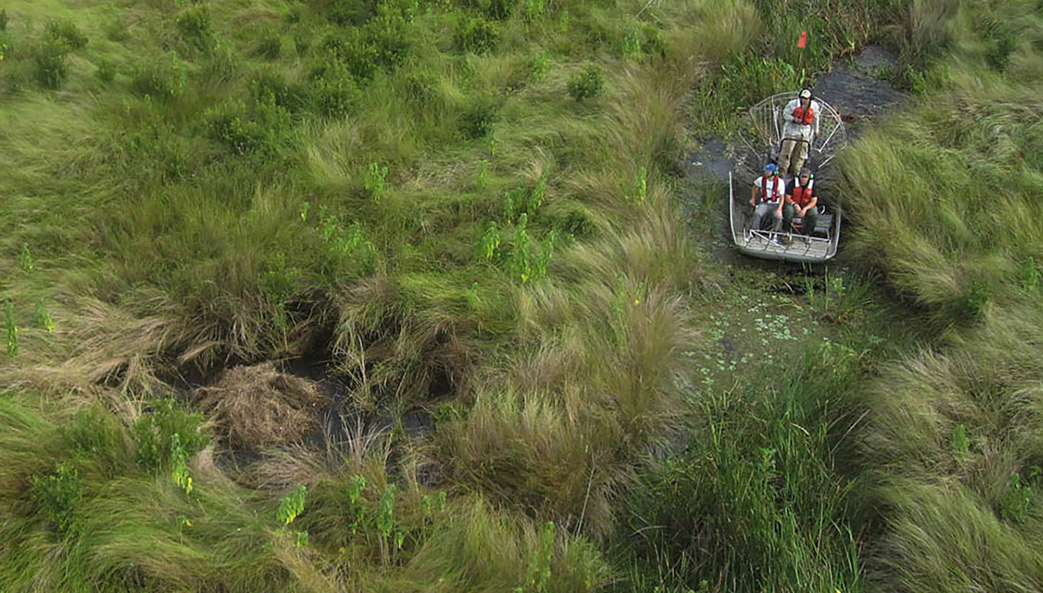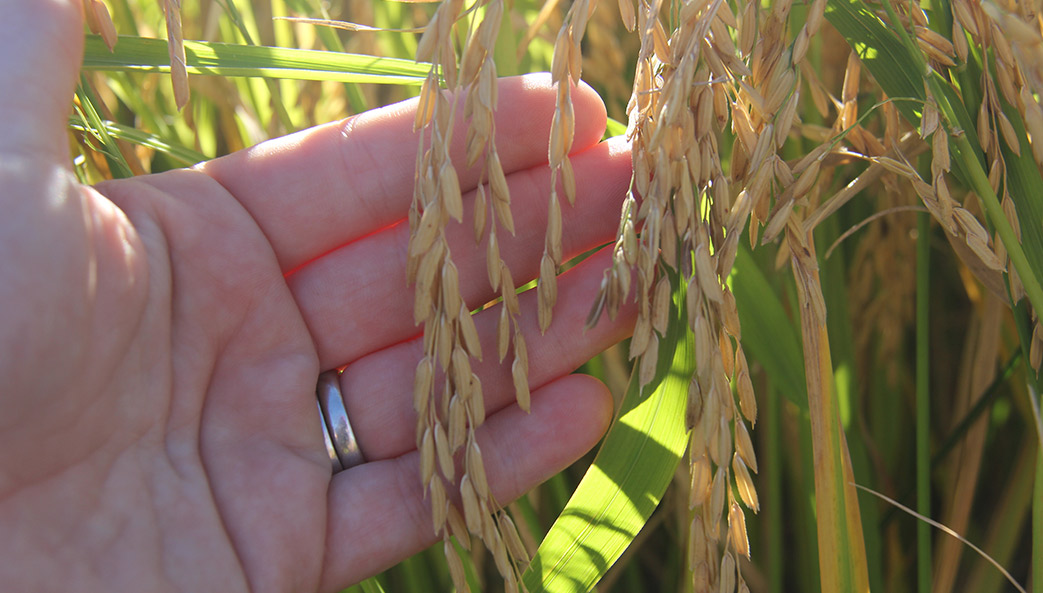UGA plant biologists working with an international team have sequenced the genome of garden asparagus. The work sheds light on longstanding questions about the origin and early evolution of sex chromosomes, and at the same time serves as a foundation for asparagus breeding efforts.
Their research, the first confirmation of early models on how sex chromosomes diverge within the same species, was published in Nature Communications.
While most flowering plants are hermaphrodites, garden asparagus plants are typically either male (XY) or female (XX), although YY “supermales” can be produced in the greenhouse. Growers prefer all-male plants, as they live longer and do not self-seed. Breeders produce all-male XY seed by crossing an XX female with a YY supermale. Until now the differences between asparagus X and Y chromosomes were not understood, and breeders were not able to quickly distinguish XY males from
YY supermales.
“One of the things that we were able to do pretty early in our collaboration was to identify genetic markers that allowed breeders to efficiently distinguish XY males from YY males and then use those YY males to produce all-male seed,” says Jim Leebens-Mack, professor of plant biology and senior author on the study.
Identification of the genes that determine sex paves the way for more efficient development and production of valuable hybrid asparagus plants.
“In addition to more rapid identification of sex genotypes, our collaborators are now able to manipulate the asparagus Y chromosome to convert males to females or hermaphrodites,” Leebens-Mack says. “In the near future, breeders will be able to cross whatever lines they want, without having to look within a particular line for the female that has one set of characteristics, and in another line for a male with complementary traits.”
Questions about the diversity of sexual systems in plants go back to Charles Darwin, and in the early 20th century Danish geneticist Mogens Westergaard formulated a two-gene model for the origin of sex chromosomes. But the theory was impossible to test through analyses of mammals, where divergence of the X and Y chromosomes happened more than 100 hundred million years ago.
In flowering plants like asparagus, however, separate sexes and sex chromosomes emerged more recently—presenting an ideal opportunity to test Westergaard’s two-gene model.
As predicted by that model, the researchers found evidence that the starting point for the evolution of asparagus sex chromosomes was a linkage between a gene necessary for male function and a gene stunting development of female organs on a small portion of the Y chromosome. Females without these genes produce mature female organs but not pollen.
“Over the last hundred years, evolutionary biologists have hypothesized several ways that a regular pair of chromosomes can evolve into an X and Y pair that determine sex,” says Alex Harkess, former doctoral student in the Leebens-Mack lab and lead author on the study. “Our work confirms one of these hypotheses, showing that a sex chromosome pair can evolve by mutations in just two genes—one that influences pollen (male) development, and one that influences pistil (female) development.”
Breeders have dreamed about manipulating sex determination in garden asparagus for decades, according to co-author Ron van der Hulst of Limgroup breeding company in the Netherlands.
“Identification of sex determination genes in asparagus will now allow us to produce plants with male, female and bisexual flowers, and greatly speed the development of inbred lines to produce elite hybrid seed,” he says.
This story appeared in the spring 2018 issue of Research Magazine. The original press release is available at https://news.uga.edu/key-to-better-asparagus-identified-in-evolution-of-sex-chromosomes/.






